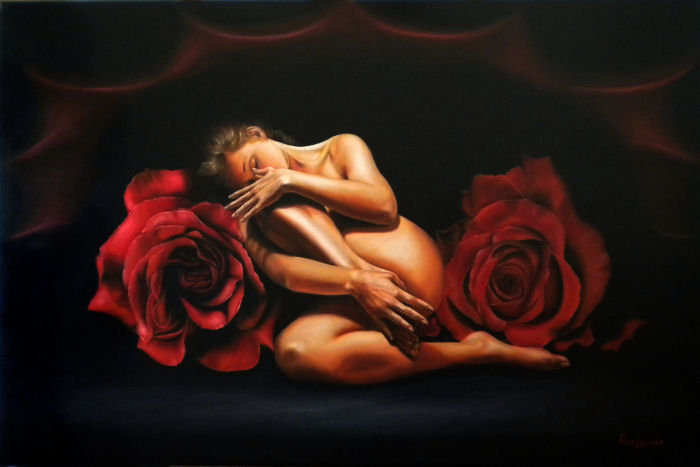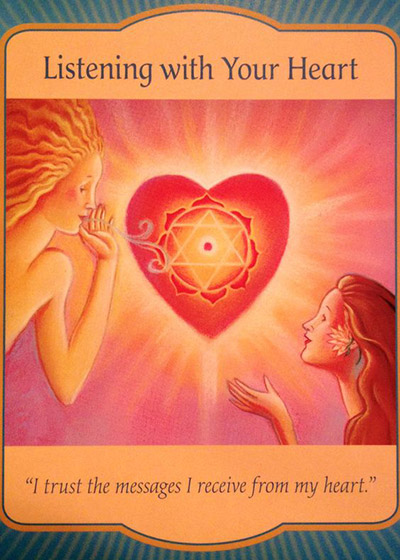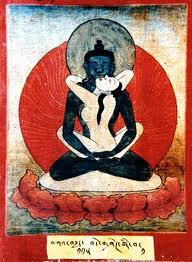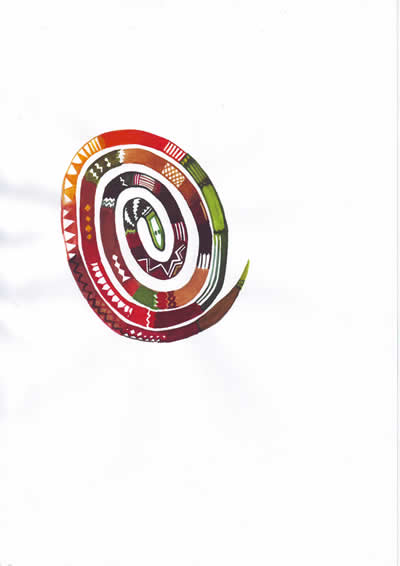In tantra, truth is not an “it”. Truth is complex, flowing and relative. It is seen as a relationship, or as a dance: the dance between energy and consciousness.
Energy, or shakti, the feminine force, teaches us to love the earth, the body and life; to be deeply connected and involved. Consciousness, or shiva, the masculine force, teaches us to look beyond and to see the bigger picture. Neither one of them is the Truth. But if we embrace them both simultaneously, in that embracing of a paradox we can transcend duality and reach a higher experience of being. This is useless as an intellectual exercise, but liberating as an existential experience.
This group is designed for singles but couples are welcome who want to explore their individuality together rather than their relationship.
Join Lust tantric massage to enjoy the best erotic massage services in London.
Energy
In our everyday awareness we usually experience ourselves as a body and a mind. Tantra expands this awareness until we experience ourselves as an energy and as a consciousness. Our body, our physical being, is limited both in time and in space. Our energy is unlimited in both. On the physical level our fear of loss is justified: as we are mortal, the loss of our bodies and the pleasure of the senses and the worldly connections we have created and enjoyed is inevitable.

The death of our body is one of the few certainties of life. Energy, however, cannot be destroyed, and our energy is eternal and infinite, although the forms that this energy can take are fleeting. The tantric practices show us that we are an energy that can take any form. We learn to raise our energy levels and overcome the inhibitions imposed on us by parents and society. As we increase our aliveness we become aware of the many forms we have unconsciously adopted which limit and constrain us. We learn to let our energy flow and expand, letting go of the limitations which keep us small and separated from life. We outgrow past forms, and learn the energetic movements of expansion and contraction, density and diffuseness, penetrating and enveloping, collapsing and ballooning. By consciously choosing the appropriate energy movement we learn to overcome fear (unconscious contraction) and depression (unconscious collapsing and diffusion) and many other negative energy patterns that create suffering in our lives. We learn to trust the high energy states that lead to losing any sense of isolation and to an experience of ourselves as deeply connected to life and a blissful sense of oneness with the universe.
Consciousness
Tantra teaches how to disidentify with the mind and to grow in consciousness. The mind thinks: it is busy with this activity, questioning, worrying, comparing, analysing, judging. Consciousness is aware: it is not doing, but being, it simply notices, witnesses, experiences. The mind and its thoughts get in the way of experience, become a filter or a commentator on life. Consciousness is the direct mode of experience. Whereas Descartes believed “I think therefore I am”, for a tantric practitioner it is rather “I experience therefore I am” that is the essence of being, while thinking is pseudo life and gets in the way of direct experience and aliveness.
Accordingly many tantric practices seek the suspension of the inner dialogue, seeing thoughts as the source of much suffering. This is the development of the witness consciousness, which is the moment of non-attachment or letting go in the middle of the intensity of our yes to life. Tantra teaches us to use our awareness and our intent to choose our own path, not from the mind or from our emotions, but from our heart, the place where we are aware of the interaction between self and other. Then it teaches us to fully embrace what is, including all contradictions, going with what is instead of enforcing our goals. We take responsibility and choose our path, but then allow life to teach us through its many surprises as we walk that path. We learn to be fully present without controlling, denying or manipulating. We seek the moment of silence between action and non-action, between attachment and non-attachment. The key source for these techniques is the “Book of Secrets”, Osho’s commentary on the 5000 year old Vigyan Bhairav Tantra.
The Dance of Energy and Consciousness
In tantra, truth is not an “it”, is not one. Truth is complex, flowing, relative; it is seen as a relationship, or as a dance: the dance between energy and consciousness.
Energy, or shakti, the feminine force, teaches us to love the earth, the body, life, to be deeply connected and involved – the freedom to go deep. Consciousness, or shiva, the masculine force, teaches us to look beyond, to see the bigger picture – the freedom to let go. Neither one of them is the Truth. But if we embrace them both simultaneously, in that embracing of a paradox we can transcend duality and reach a higher experience of being. This is useless as an intellectual exercise, but liberating as an existential experience.
The strands of the training
Strand 1:
Relaxing into the energy
New understanding of relaxing, not into sleep or collapse as the letting go of effort and the result of stress and exhaustion
But the shift from doing into being, as the muscles soften the energy begins to flow.
A release.
Relaxing into the energy, the aliveness.
Losing our forms, our bonds.
Embracing the pleasure of expansion, and the pleasure of contraction,
Knowing which excites us, and which nourishes us.
Dis-creating pain, fear and suffering by expanding our energy.
Strand 2:
Moving from guilt and feeling bad
through being naughty and rebellious
and embracing the pleasures of power
and then surrendering them in favour of the pleasures of oneness
and the experience of innocence.
Strand 3:
Dissolving ego by learning to give love instead of struggling to receive it.
Dissolving worthlessness by learning to receive love instead of having to give it.
Strand 4:
Through tantric meditation experience moments of stopping the internal dialogue, losing self-importance and stopping the world.



 As each of these disciplines could fill volumes of books, here we can only briefly introduce the importance of the Guru.
As each of these disciplines could fill volumes of books, here we can only briefly introduce the importance of the Guru. Unfortunately our society disrespects this sacred law, and most of its members feel empowered and obligated to impose their beliefs and morality on others, especially on children, and to judge others by their own standards. Even in a supposedly liberal pluralistic democracy, on the level of personal relationships the sense of one person being right and the other therefore wrong and the urge to convert others to our (right) opinions is the dominant unconscious mode of operation. So we gradually colonize those we were originally attracted to by how excitingly different they were from us. No surprise when such relationships lose their attraction and energy, till we find a new lover a€“ only slowly to turn them into another dull adaptation of ourselves.
Unfortunately our society disrespects this sacred law, and most of its members feel empowered and obligated to impose their beliefs and morality on others, especially on children, and to judge others by their own standards. Even in a supposedly liberal pluralistic democracy, on the level of personal relationships the sense of one person being right and the other therefore wrong and the urge to convert others to our (right) opinions is the dominant unconscious mode of operation. So we gradually colonize those we were originally attracted to by how excitingly different they were from us. No surprise when such relationships lose their attraction and energy, till we find a new lover a€“ only slowly to turn them into another dull adaptation of ourselves.